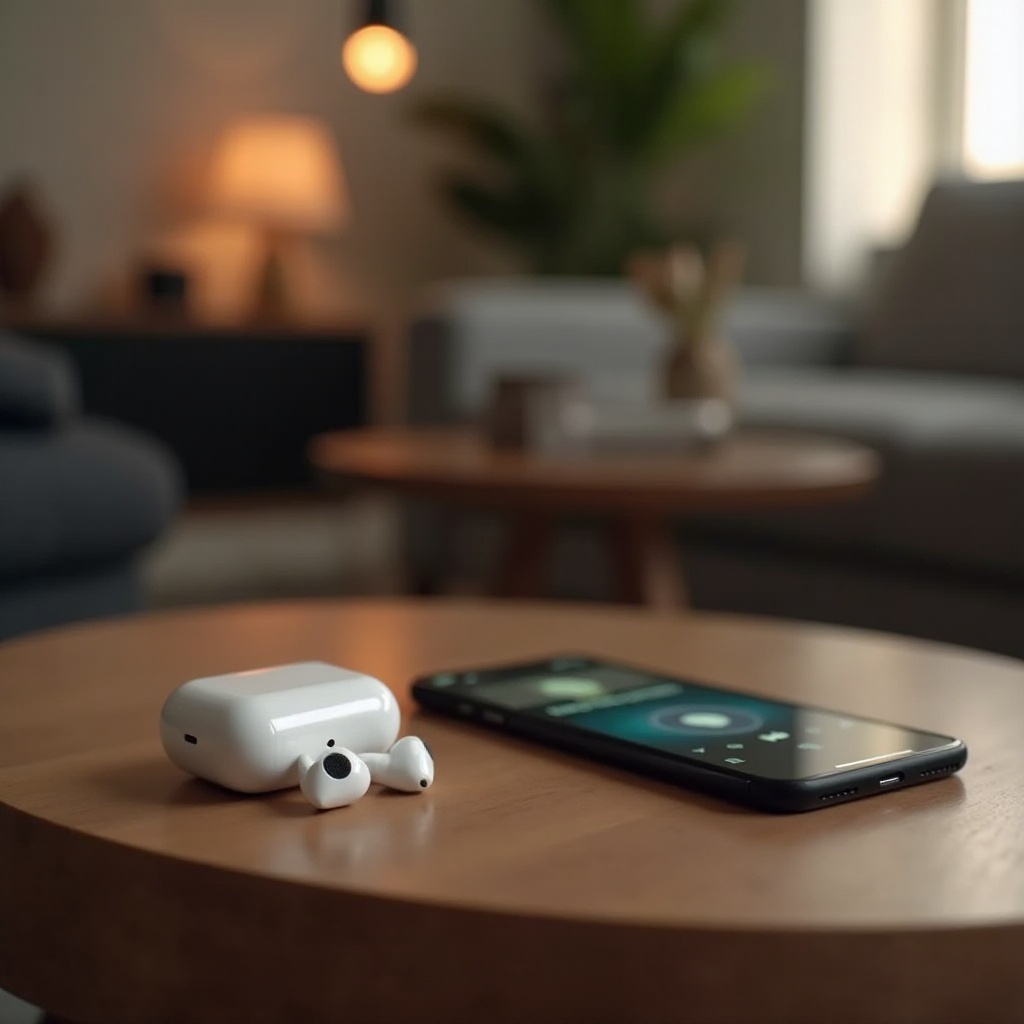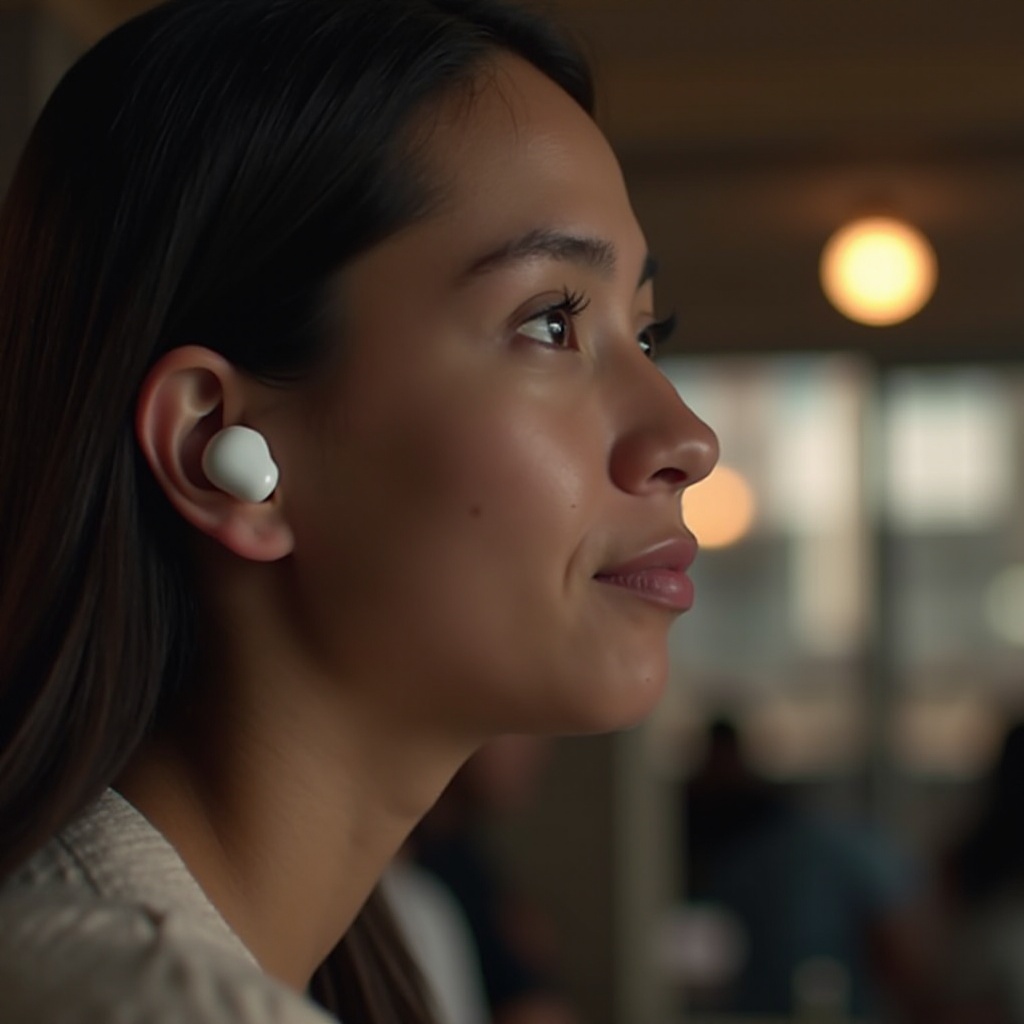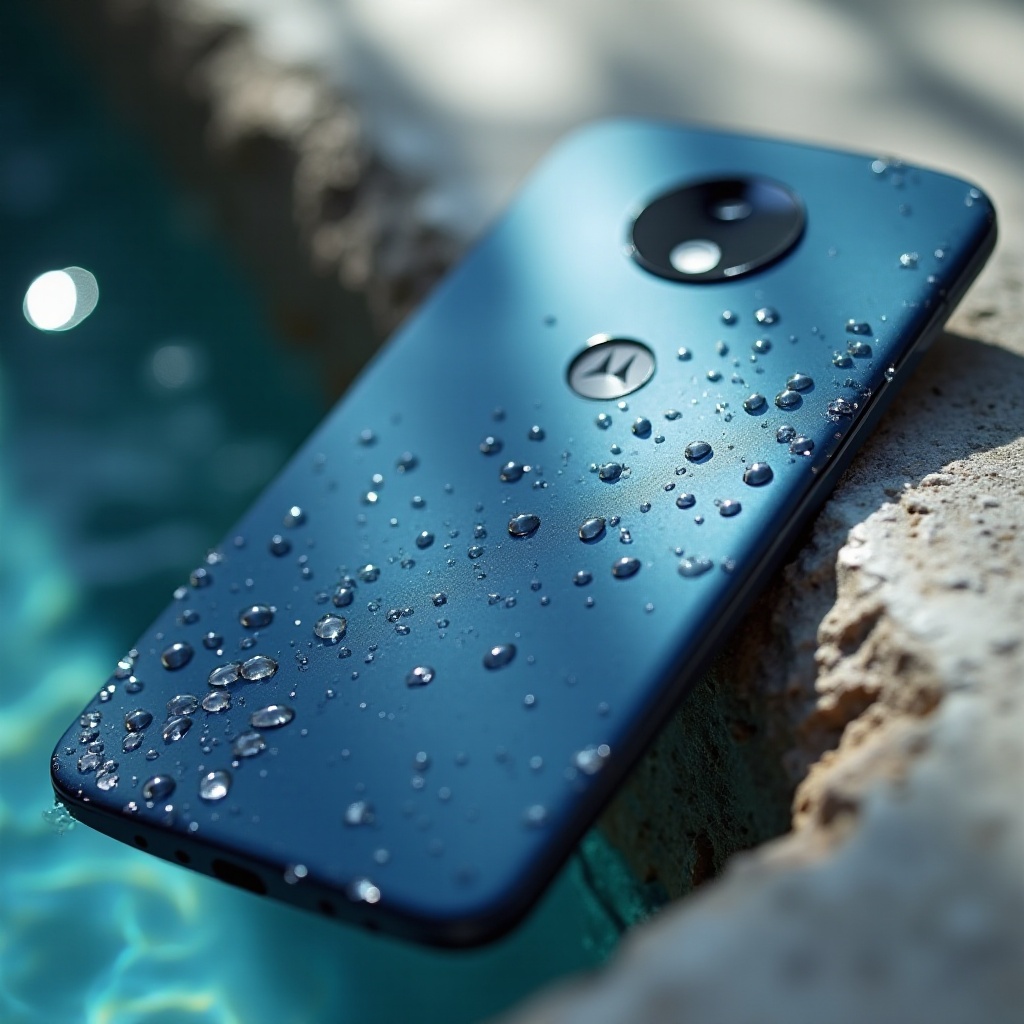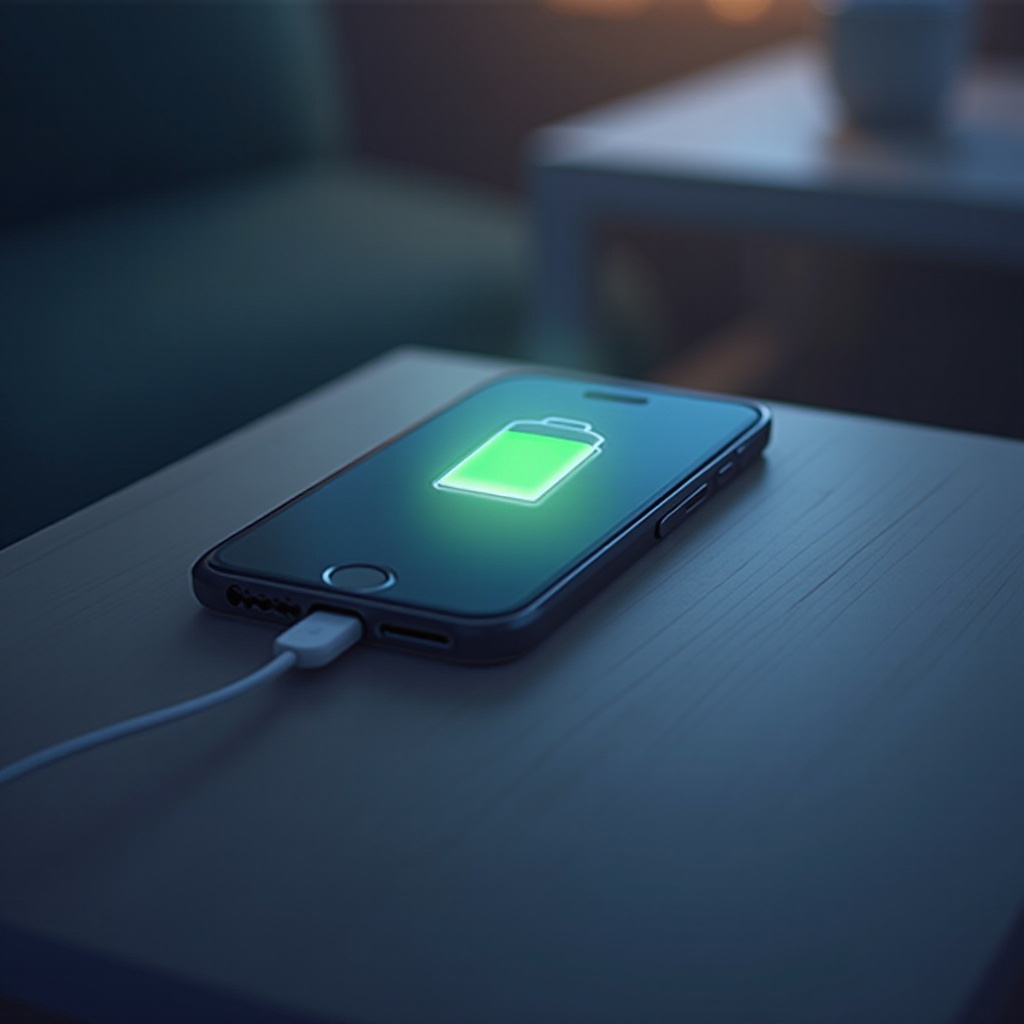Introduction
AirPods are among the most popular wireless earphones available today, celebrated for their quality sound and convenience. However, one common concern that arises is sound leakage, which can be distracting in shared spaces. This leakage becomes especially evident at higher volumes, potentially disturbing those around you. For AirPods owners, knowing when and why sound leakage occurs is crucial for maximizing your listening experience while maintaining privacy. Here, we’ll dive deep into the factors affecting AirPods sound leakage, pinpoint the volume at which it begins, and offer practical advice to mitigate it.

What is Sound Leakage?
Sound leakage refers to the spillover of audio from the earphones, allowing others around you to hear your media. Open-back headphones, like AirPods, are particularly susceptible to this issue as their design doesn’t fully encase the ears, permitting sound waves to escape. While sound leakage might not be a big deal at home, it becomes a significant concern in public or shared spaces where discretion and quiet are valued. Moreover, sound leakage negatively impacts the listening experience by preventing the audio from fully reaching the ears.
Factors That Contribute to AirPods Sound Leakage
Several factors determine the extent of sound leakage from your AirPods:
Design and Fit
AirPods are sleek with a semi-open design that lacks the tight seal found in many in-ear models. This design predisposes them to sound leakage, especially if the fit is not snug. Individual ear shape and how well each AirPod fits can greatly affect how much sound escapes.
Volume Levels
Volume is a direct contributor to sound leakage. Naturally, as the volume increases, more sound waves are produced, consequently more sound can escape into the surroundings. Higher volumes tend to leak significantly more audio.
Environmental Influences
Your surroundings also play a critical role in sound leakage. Quiet environments, where any additional noise is noticeable, will amplify the effects of sound leakage compared to bustling settings. Recognizing how environment impacts sound escape can help you manage it more effectively.
At What Volume Do AirPods Leak Sound?
Pinpointing the specific volume level at which AirPods begin to leak sound significantly varies by user. Broadly, leakage becomes prominent at about 65-70% of maximum volume. This is when there’s ample sound pressure to escape from the AirPods. Additional external factors, such as the nature of audio content and noise level in the environment, also influence how much leakage is noticeable. Music with pronounced bass or high frequencies will leak more readily than softer genres or spoken word content. By being conscious of these nuances, you can better understand and manage sound leakage, especially in tranquil environments.

Testing Sound Leakage in Different Settings
Understanding how and when your AirPods leak sound can benefit from practical tests in various scenarios:
Workplace and Public Space
In workplace environments and public settings, sound leakage can be a source of distraction. A simple way to test this is by asking a nearby colleague if they can hear your music or calls. Adjusting volume levels based on their feedback can help minimize disruption.
Quiet Environments
Testing in quiet environments like libraries proves most effective in identifying severe leakage. As volume levels vary, you can determine at which point your audio compromises your privacy.
Outdoor Areas
While outdoor settings present less concern due to ambient noise, testing can be illuminating. Compare leakage levels in quiet locales like parks versus bustling streets to appreciate the impact of external noise.

Tips to Minimize AirPods Sound Leakage
Creating a balance between enjoying your music and respecting others’ space and silence can improve with these strategies:
- Adjust the Volume: Keep your listening at moderate volumes, ideally below 60%.
- Choose Your Environment Wisely: Opt for noise-canceling features or lower volumes in whisper-quiet settings.
- Check the Fit: Ensure your AirPods fit snugly. Experimenting with different ear tips might offer a better seal.
- Defer to Tech: Leverage apps designed for customizing sound settings to fine-tune your audio output and further minimize leakage.
Comparing AirPods to Other Earbuds for Sound Leakage
How do AirPods measure up against other earbuds concerning sound leakage? While perhaps not sealing as well as some full in-ear models, AirPods typically outperform less expensive competitors due to their refined design and build. In-ear models often afford enhanced noise isolation and reduce leakage more effectively, yet they might not carry the same level of ease and comfort as AirPods. Your choice should consider sound quality, comfort, and the importance of privacy.
Conclusion
Successfully addressing sound leakage with AirPods centers on understanding the underlying factors and adopting changes for volume and fit. By employing these practical tips, you can enhance your listening experience while also preserving privacy and courtesy to those around you.
Frequently Asked Questions
How can I test if my AirPods are leaking sound?
Ask someone nearby to listen for your audio at normal volumes in quiet settings to check if adjustments are necessary.
Does the type of music affect sound leakage?
Yes, audio with strong bass or higher frequencies tends to leak more readily, whereas softer vocals and instrumental music may leak less.
Are there accessories that can help reduce sound leakage?
Yes, ear tip covers or wings can aid in reducing leakage by offering a better fit and seal around your ears.

